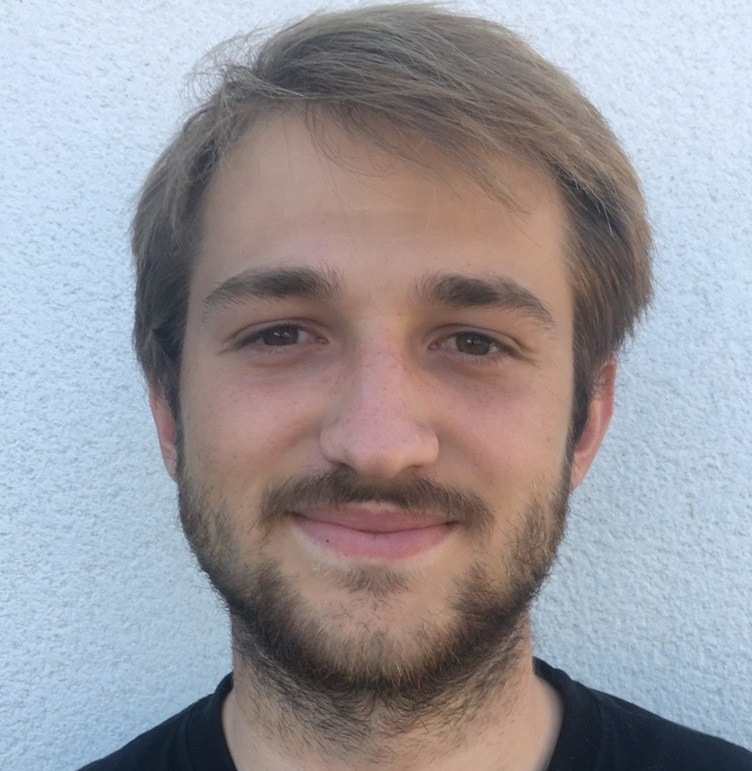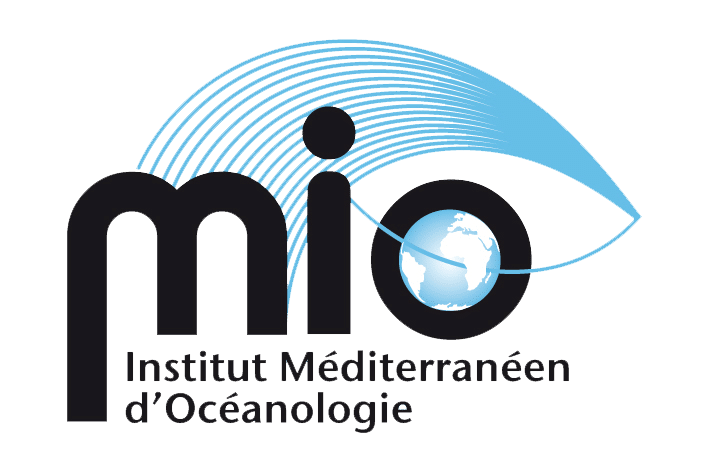On the subject : Structure, diversity and interactions of the microbiota associated with the culture of Ulva lacinulata: towards a multi-renewable understanding of the ulve holobiont.
Abstract
Ulvae are green macro-algae known for their massive blooms ("green tides") in coastal areas, often linked to eutrophication caused by human activity. They have major environmental and socio-economic impacts. At the same time, ulva is attracting growing interest in aquaculture because of its ease of cultivation and its potential value-added. Ulva forms a holobiont in which the associated microbial community has a strong influence on its physiology. While the role of the bacteria associated with ulva has been studied for some forty years, the overall component of the holobiont, including eukaryotes and viruses, remains relatively unexplored. In this context, my work is based on an experimental high-yield algal culture system used to produce ulva biomass. Two contrasting culture regimes were compared: a continuous supply of natural seawater and a supply of seawater enriched with nitrate or urea and phosphate in batch mode. We characterised three components of the microbiota associated with Ulva lacinulata: (i) bacterial communities, (ii) eukaryotes, both analysed in the ulva surface biofilm and in the culture water, and (iii) the double-stranded DNA viral fraction, studied only in the surrounding water. The enrichment of cultures has a remodelling effect on bacterial communities, with the emergence of opportunistic taxa involved in nitrogen metabolism. A core bacterial microbiota persists in both conditions, suggesting its central role within the holobiont. The cultured water contains a wide diversity of eukaryotic DNA viruses (~750 entities), most of which are unknown or poorly described in the marine environment and in ulva. The diversity of eukaryotes is little affected by nutrient enrichment and potential links between certain viruses and their eukaryotic hosts are identified by co-occurrence analyses. This study provides a multiregnum view of the holobiont Ulva lacinulata and paves the way for a more detailed understanding of its dynamics in the context of an environmental bloom following a eutrophication event.
Key words
Ulva lacinulata, Holobionte, Viruses, Bacteria, Eukaryotes, Mass efflorescences
Composition of the jury
- Lucie ZINGER Rapporteur MCF, Sorbonne, CRBE
- Phillipe ROUMAGNAC Rapporteur DR, CIRAD
- Christophe LEBOULANGER Examiner CR, MARBEC
- Valérie MICHOTEY Chair of the jury PR, MIO
- Angélique GOBET Thesis co-supervisor CR, MARBEC
- Guillaume BLANC Thesis co-supervisor DR, MIO





